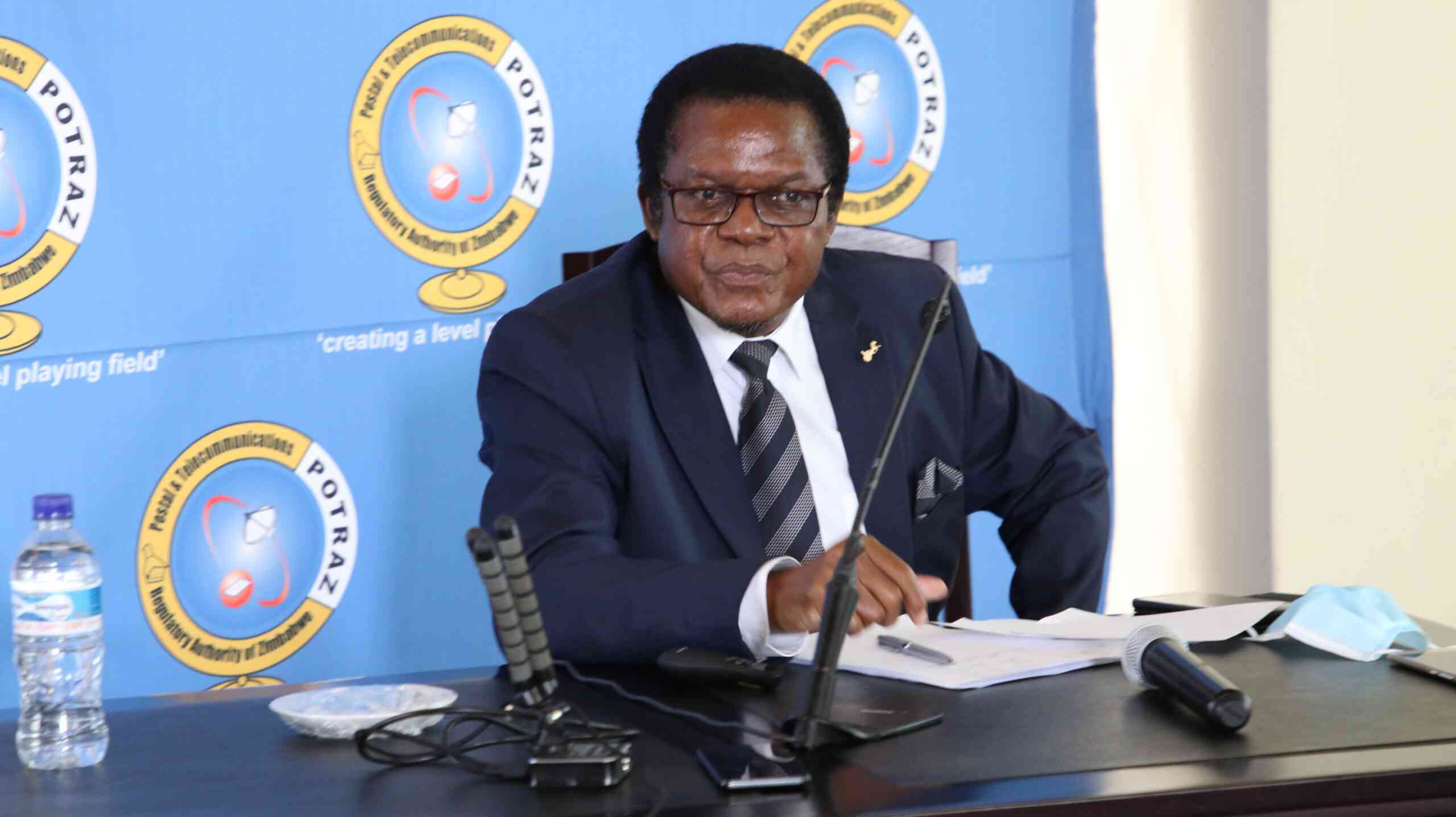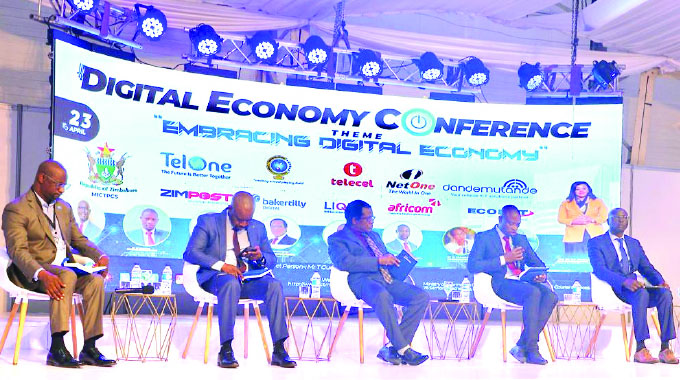Namibia, Botswana sign solar deal

THE African Development Bank and two World Bank agencies have joined Botswana and Namibia, as the two countries signed a Memorandum of Intent last week towards the development of a 5 000 megawatts solar power project, which will be one of the world’s largest.
The AfDB, International Finance Corporation and International Bank for Reconstruction and Development inked the Memorandum of Intent with Botswana, Namibia and Power Africa, a US-government entity aimed at boosting electricity investment in Africa.
The parties had an electronic signing on April 9 and last Wednesday had the photographic signing featuring the US Ambassador to Botswana, Mr Craig Cloud.
The two governments aim to have installations straddling their mutual borders, a vast, flat and largely arid area that receives some of the region’s highest sunshine each year.
Botswana’s Mineral Resources, Energy Security and Green Technology deputy permanent secretary, Nchena Mothebe told Mmegi that the Memorandum of Intent would support the pre-feasibility and related studies required to advance the project. The financiers who have joined in will help fund the studies and could be involved in supporting the actual project’s development. It is expected that, from previous experience, the feasibility study could cost up to P20 million.
“The project is looking at exports into the region and Botswana has been chosen because of the high amount of solar energy it receives each year,” he said.
“We have not yet identified the particular area, but the border between Botswana and Namibia has a lot of land space available with high solar energy.”
Nchena said the costs of the actual project were presently unknown and would be determined by the studies. Experts say typically, such energy projects go through a pre-feasibility study focusing on technical details and a bankable feasibility study, which will include costs of the plant, expenses involved in evacuating the power and the tariff that would have to apply to provide a return to the plant.
“The financiers will support the feasibility but if this proves successful, they could come in to help with the project,” he said. “We have not decided on the firm to do the feasibility yet but the financiers as you know, also have specific procurement requirements.”
Mineral Resources, Energy Security and Green Technology Minister, Lefoko Moagi told BusinessWeek the project would boost the country’s self-sufficiency and export potential of energy into the Southern African Power Pool.
The latest developments, particularly the engagement of leading financiers, have taken the mega-project closer to realisation for the two countries. Power Africa, the US-government entity partnering the two governments, has a mandate that includes helping to close financial deals in electricity investment, with 141 agreements finalised worth $22 billion since its launch in 2013.
The Botswana-Namibia deal is mentioned as a priority in the Economic Recovery and Transformation Plan and when done, will be one of the world’s largest solar projects, ranking amongst the top 20.
South Africa has the continent’s largest solar power capacity, measured at about 1 300MW in 2016. Africa as a whole is estimated to have enough solar power potential to account for 40 percent of the world’s potential. – Mmegi.











Comments